#Soldiers' and Sailors' Monument by Bruno Schmitz
Text
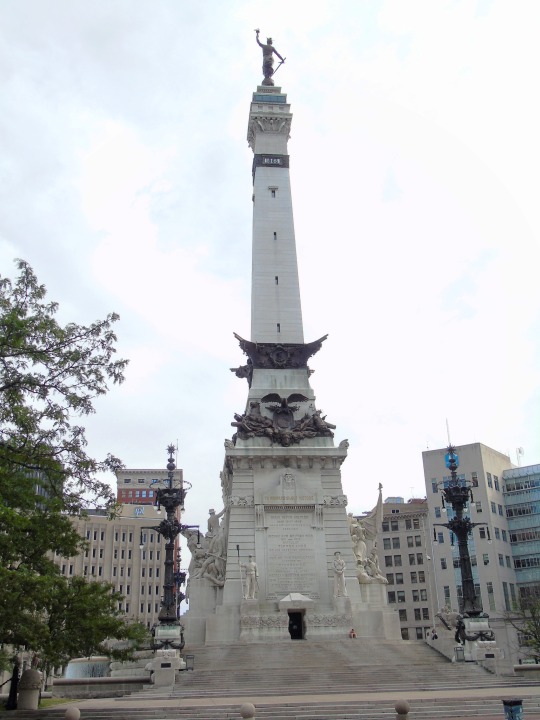
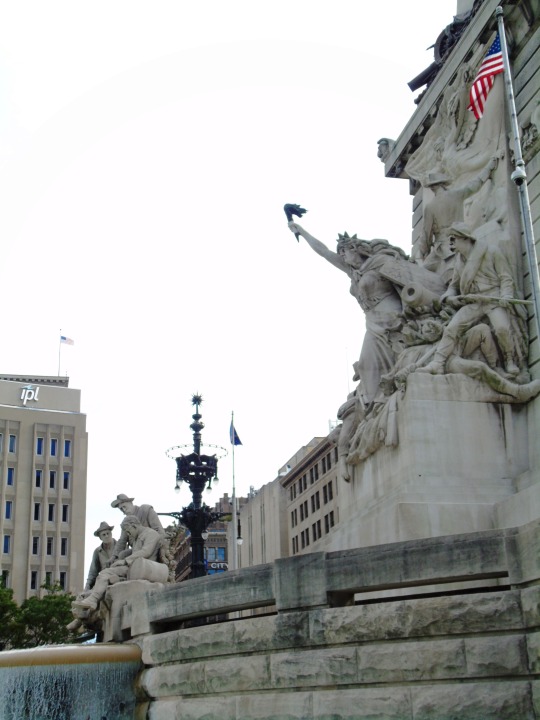
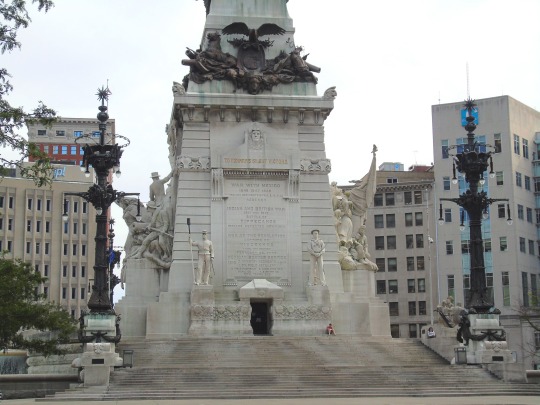
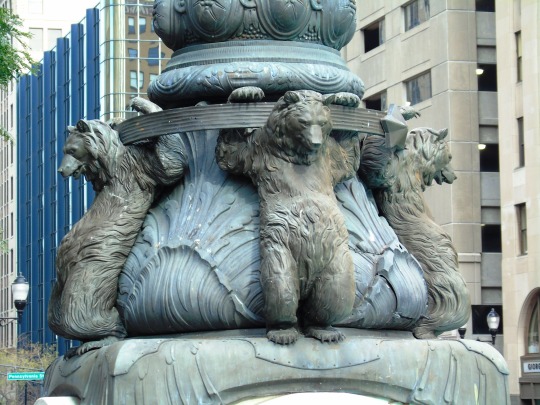
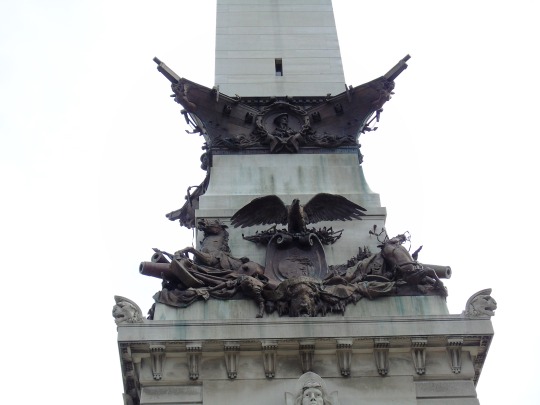
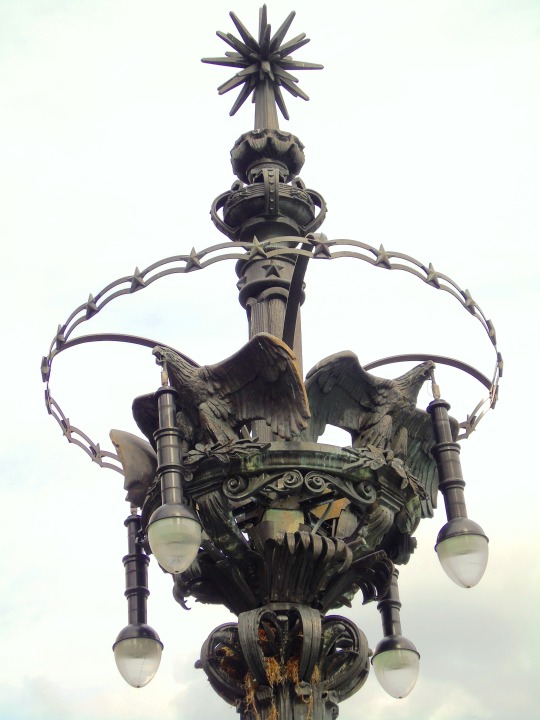
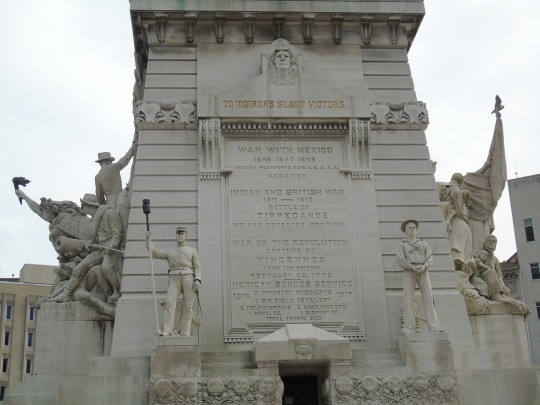


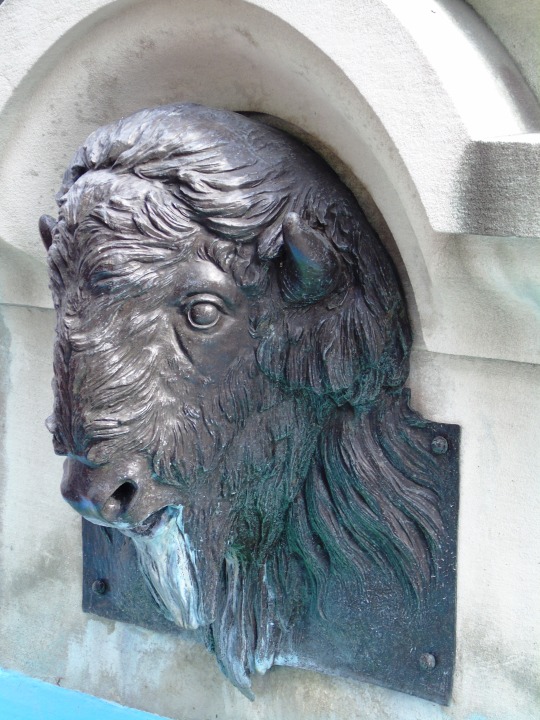


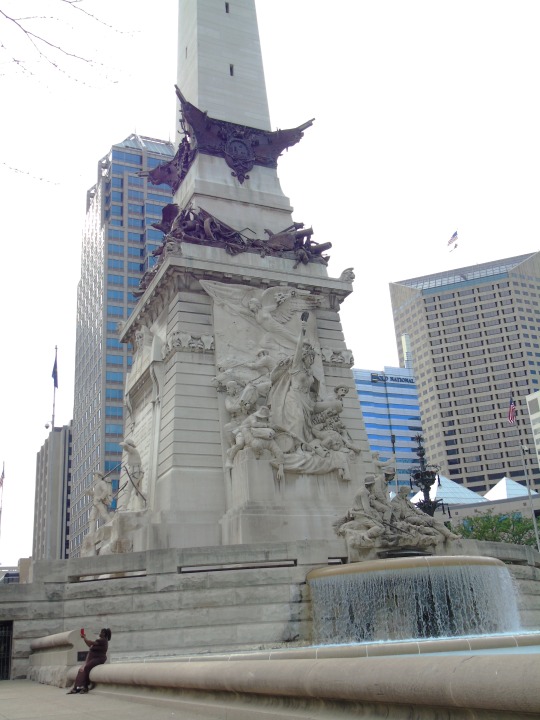

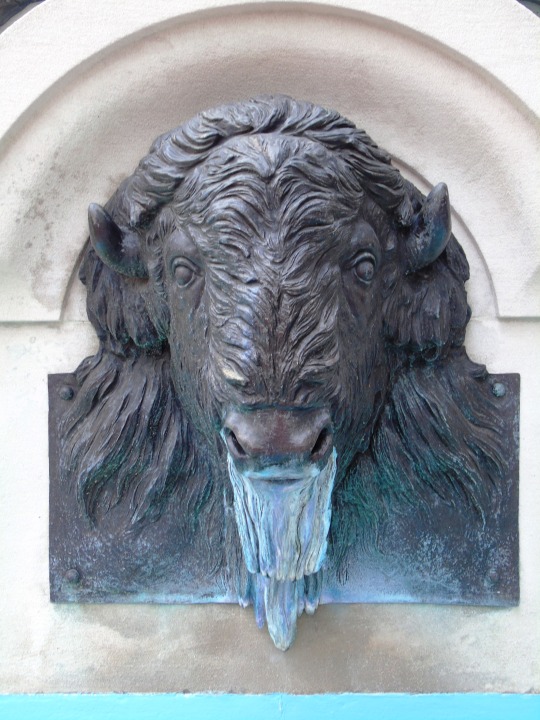
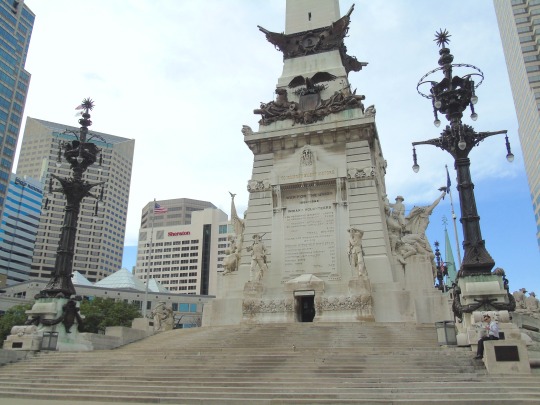
The Indiana State Soldiers and Sailors Monument was dedicated on May 15, 1902.
#Indiana State Soldiers and Sailors Monument#Bruno Schmitz#dedicated#USA#15 May 1902#anniversary#US history#Indy#Indiana#Indianapolis#travel#summer 2016#original photography#public art#fountain#cityscape#peace#war#return home#dying soldier#street lamp#downtown#Midwestern USA#Great Lakes Region#tourist attraction#vacation#landmark#architecture
2 notes
·
View notes
Text
29 Must-See Statues and Where to Find Them
The subjective artistic vision of a creative mind can be expressed in millions of ways yet one of the best ways of doing so is to “hew away the rough walls that imprison the lovely apparition [a sculpture]” (as Michelangelo would say) and let raw materials come to life in the fairest of fashions. Sculptures, thus, are minerals brought alive by those who see life beyond life, by those who live and breathe the artistic manna (or prana, if that is what you prefer). For this particular reason, we are going to share the following list with you – yes, you guessed it, the one that is going to reveal some of the most beautiful sculpted masterpieces of the world and tell you where to visit them. Pick up those travelling-packs and prepare for the journey of your lives!
1. Michelangelo: David – Galleria dell’Accademia (Florence, Italy)
2. Gyanmati Mataji: The Statue of Ahimsa – Mangi-Tungi, India
3. Miklós Ligeti: The Statue of Anonymus – Vajdahunyad Castle (Budapest, Hungary)
4. Alexander Calandrelli: King Friedrich Wilhelm IV – Alte Nationalgalerie (Berlin, Germany)
5. Hippolyte Lefèbvre: Jeanne d’Arc – Basilique du Sacré-Cœur (Paris, France)
6. Hippolyte Lefèbvre: King Louis IX – Basilique du Sacré-Cœur (Paris, France)
7. The Terracotta Army – Terracotta Army Museum (Xi’an, China)
8. Sonia de Grandmaison: Sir John A. Macdonald – Victoria Park (Regina, Canada)
9. Christ the Redeemer – Located at the peak of the Corcovado Mountain in the Tijuca Forest National Park (Rio de Janeiro, Brazil)
10. César and Wálter Terrazas Pardo: Cristo de la Concordia – San Pedro Hill (Cochabamba, Bolivia)
11. Jean-Louis Van Geel: Lion’s Mound (The Lion of Waterloo) – Braine-l’Alleud, Belgium
12. Anton Dominik Fernkorn: Prince Eugene (Prince Eugene of Savoy) – Heldenplatz (Vienna, Austria)
13. Frank Rusconi: Dog on the Tuckerbox – Snake Gully (Gundagai, Australia)
14. Enrico Pazzi: Prince Mihailo Monument – Republic Square (Belgrade, Serbia)
15. Ivan Martos: The Monument to Minin and Pozharsky – Red Square (Moscow, Russia)
16. Carl Eldh: The Branting Monument – Stockholm, Sweden
17. Augustus Saint-Gaudens: Abraham Lincoln: The Head of State – Grand Park (Chicago, USA)
18. Gerald L. K. Smith: Christ of the Ozarks – Magnetic Mountain (Eureka Springs, USA)
19. Blaine Gibson: Partners – Disneyland Park (Anaheim, USA), Magic Kingdom (Bay Lake, USA), Tokyo Disneyland (Tokyo, Japan), Walt Disney Studios (Brubank, USA), Walt Disney Studios Park (Paris, France)
20. Giuseppe Moretti: Vulcan – Vulcan Park & Museum (Birmingham, USA)
21. Bruno Schmitz: The Indiana State Soldiers and Sailors Monument – Monument Circle (Indianapolis, USA)
22. Robert Mills: The Washington Monument – Mount Vernon Place (Baltimore, USA)
23. Marshall Fredericks: The Cross in the Woods – 7078 M-68 (Indian River, USA)
24. Carl Milles: The Vision of Peace – located at the Fourth Street entrance of the Saint Paul City Hall and Ramsey County Courthouse (Saint Paul, USA)
25. Our Lady of the Rockies – located atop the Continental Divide (Butte, USA)
26. Frédéric Auguste Bartholdi and Alexandre Gustave Eiffel: The Statue of Liberty – Liberty Island (New York Cuty, USA)
27. Tomás Batista: Monumento al Jíbaro Puertorriqueño – Barrio Lapa (Salinas, Puerto Rico)
28. Christ of Vũng Tàu – Mount Nho (Vũng Tàu, Vietnam)
29. Emil Venkov: The Statue of Lenin – Fremont (Seattle, Washington)
Did you enjoy our list?
How many of the aforementioned statues have you visited and how many are still good to go (if you know what we mean)? Hit the comment section below and tell us all about it! Safe travels!
29 Must-See Statues and Where to Find Them was originally published on Freeminimaps - discover authentic experiences!
#29#behold#best#blog#brazil#christ#city#culture#explore#find#freeminimaps#gaudens#greatest#guide#help#jesus#know#lady#lenin#list#mary#miscellaneous#monument#mount#nine#our#plaza#redeemer#rockies#sculptures
0 notes
Text
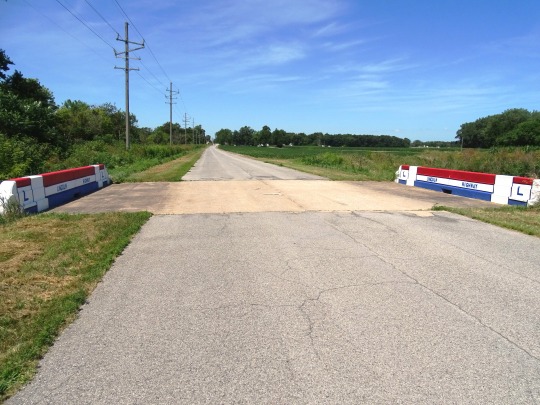
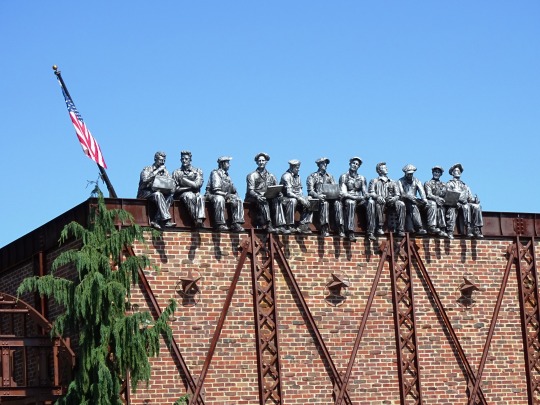
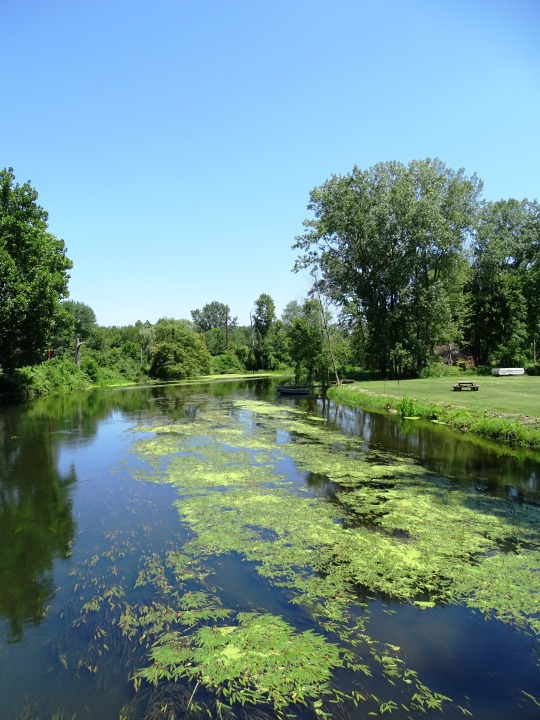
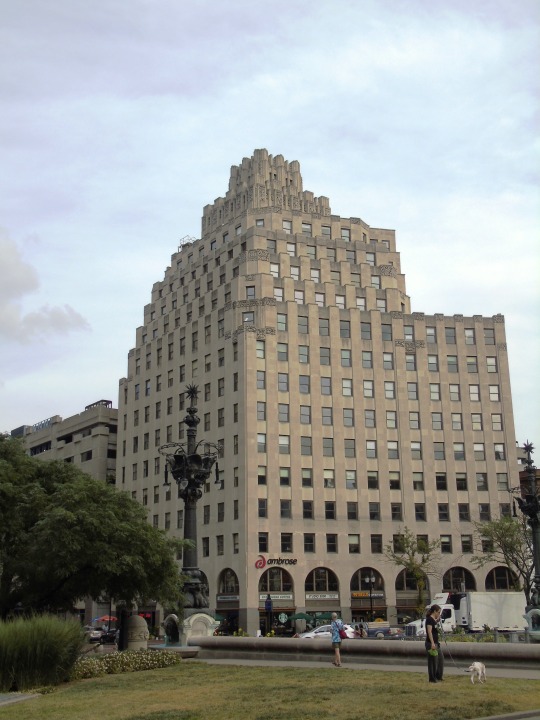
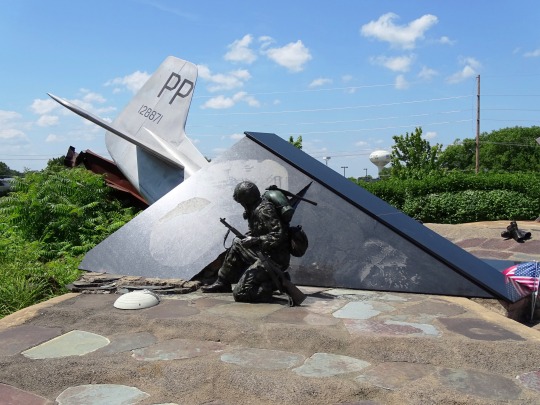

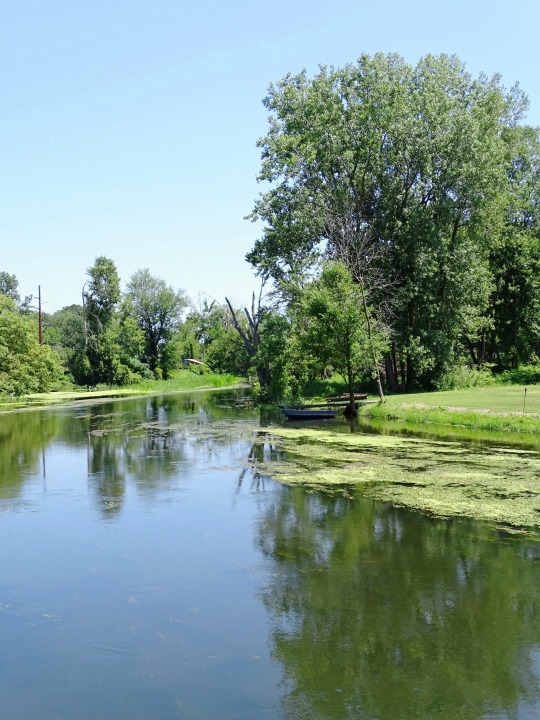
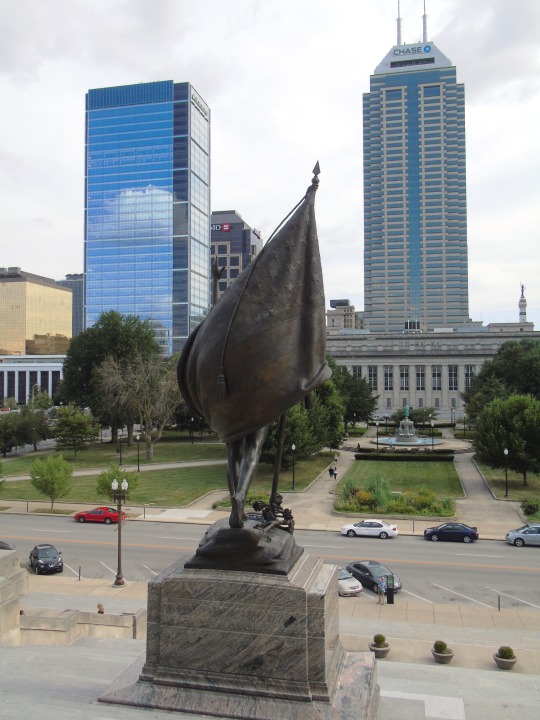
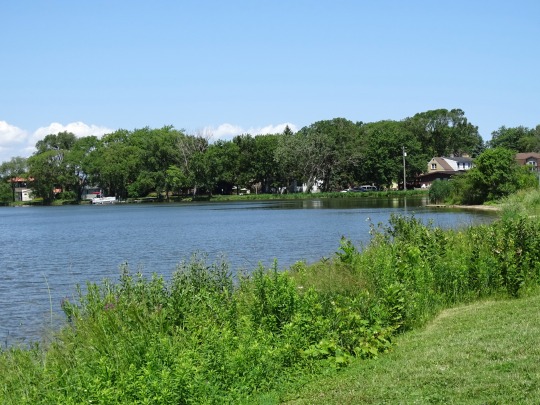

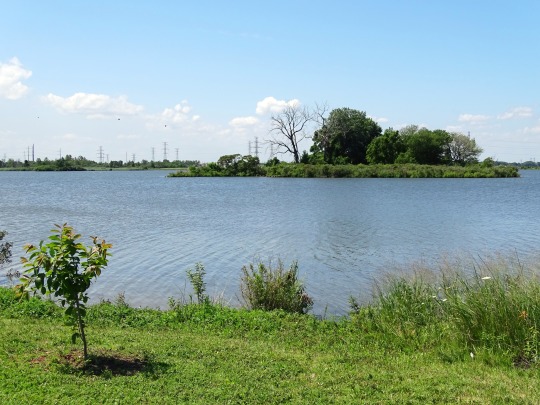

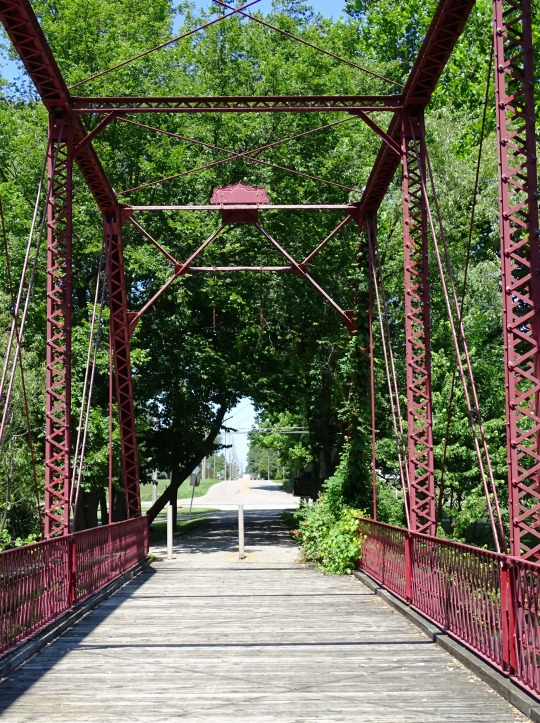

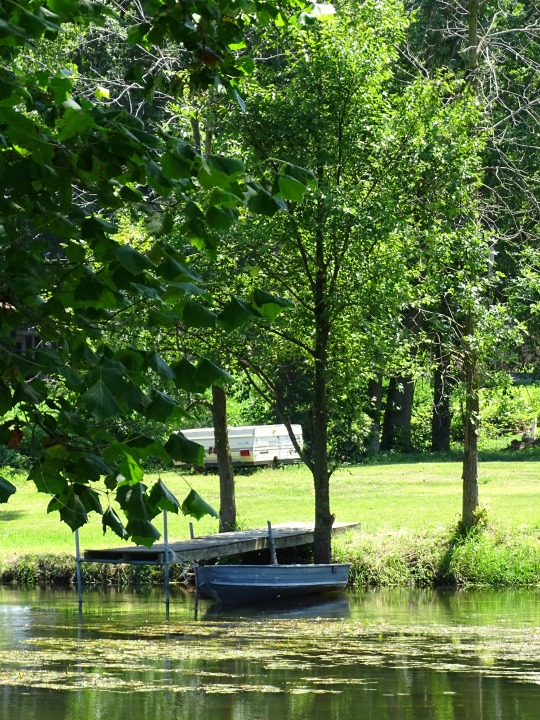
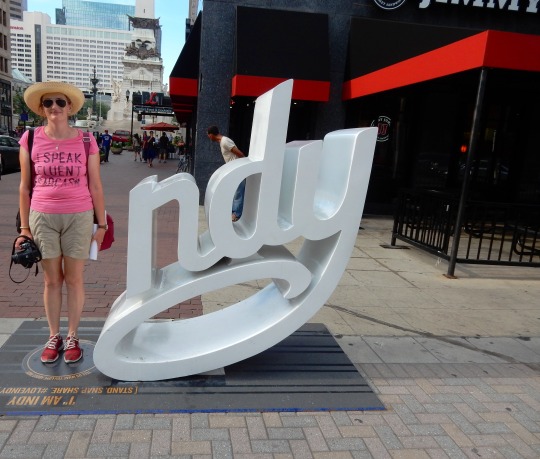
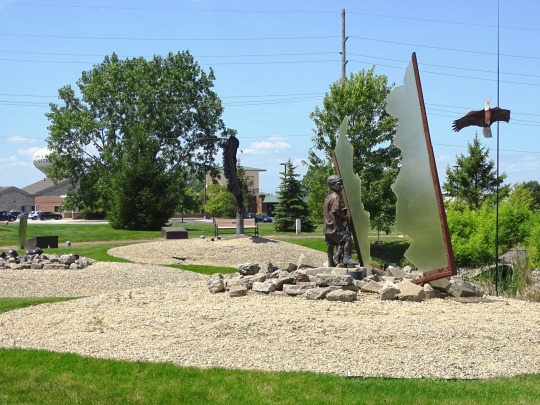

Indiana became the 19th U.S. state on December 11, 1816.
#Wolf Lake#Indiana#19th US state#11 December 1816#anniversary#travel#US history#USA#summer 2019#2016#vacation#landscape#cityscape#Munster#Community Veterans Memorial#Chinworth Bridge#Warsaw#Van Wert#Soldiers' and Sailors' Monument by Bruno Schmitz#Indianapolis#Indy#Indiana State House#Ohio River#original photography#Lincoln Highway
4 notes
·
View notes
Photo



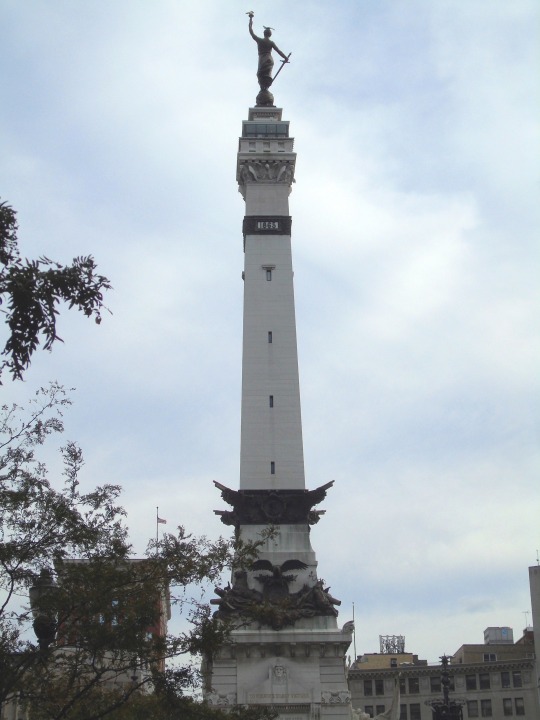
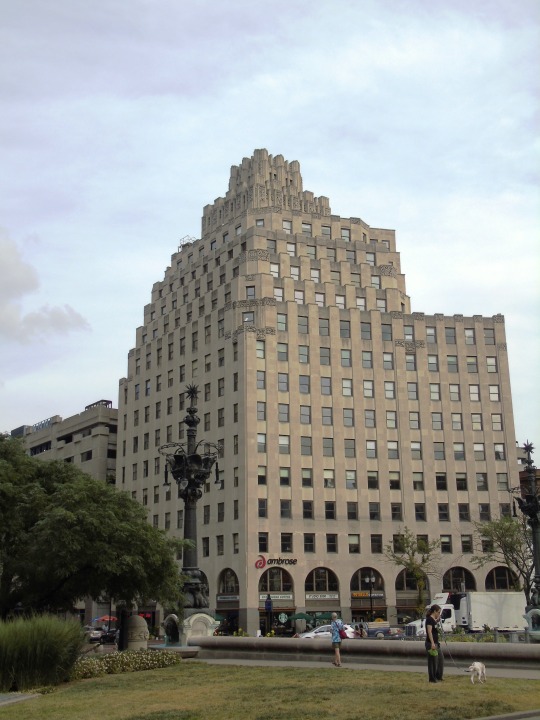
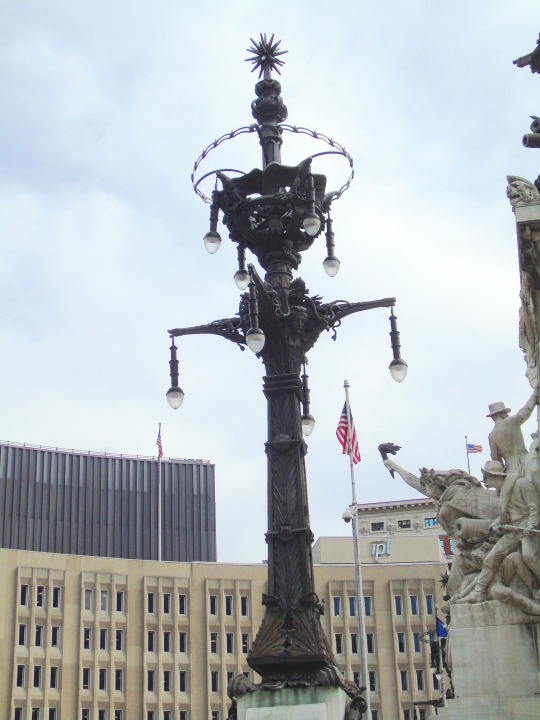
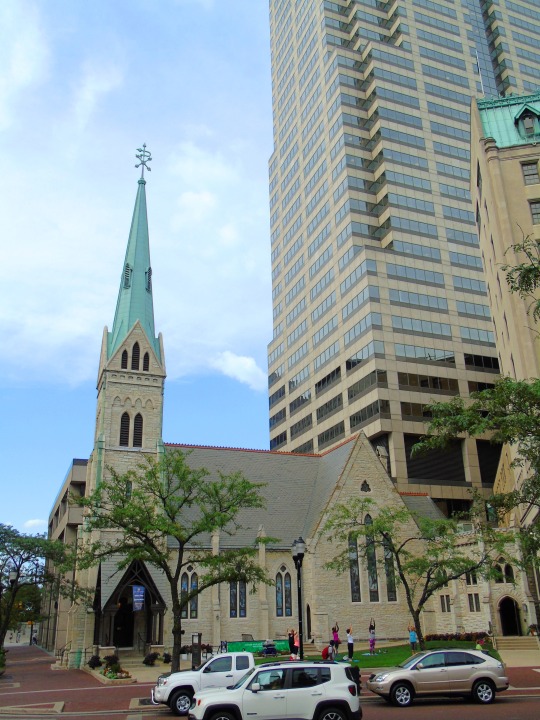
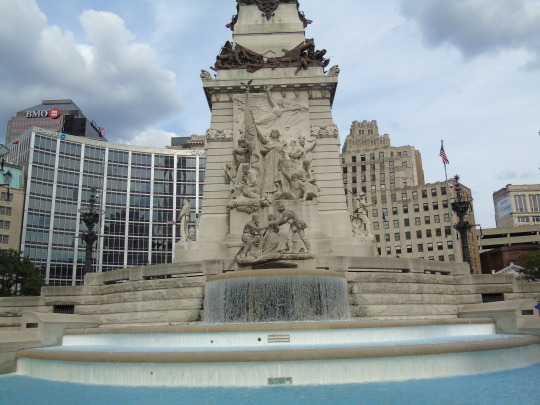

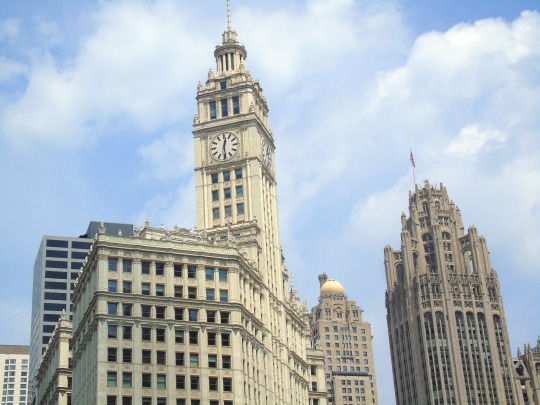
Clouds (No. 776)
Indianapolis (eight pics)
Chicago (two pics)
#Soldiers' and Sailors' Monument by Bruno Schmitz#Indianapolis#Indiana#Indy#summer 2016#blue sky#clouds#architecture#cityscape#public art#travel#original photography#tourist attraction#landmark#fountain#Indiana War Memorial#Circle Tower#reflection#Chicago#Illinois#Wrigley Building#Tribune Tower#Midwestern USA#Great Lakes Region#USA#vacation
0 notes
Photo
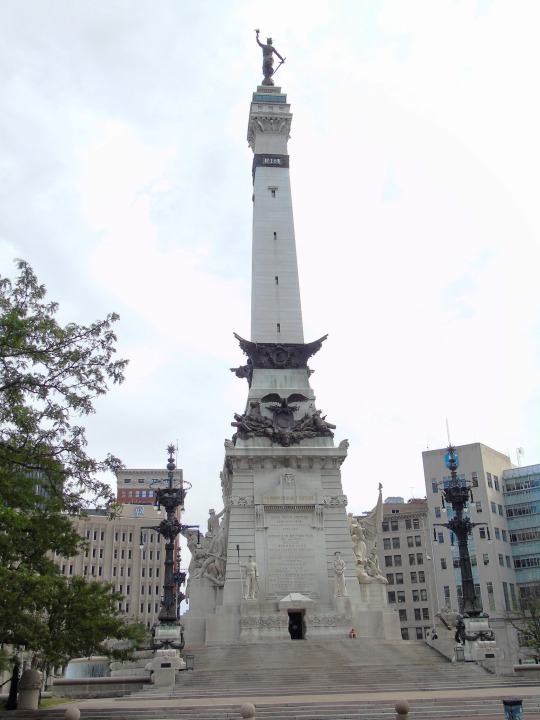

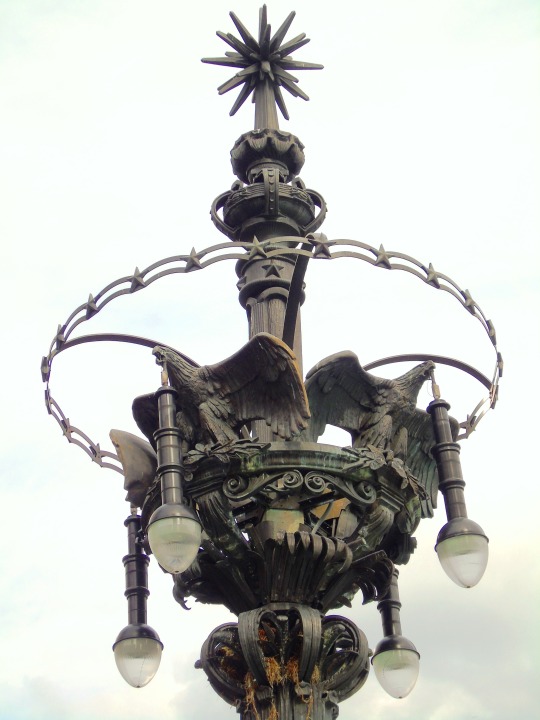
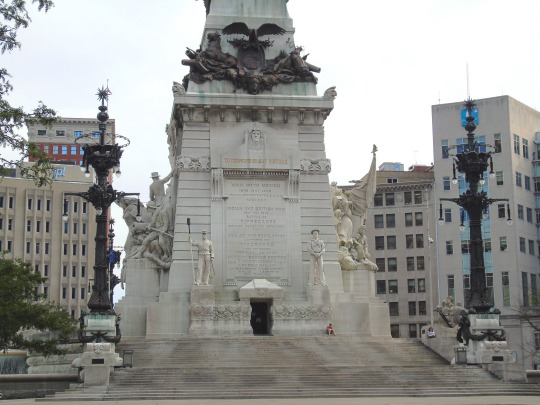

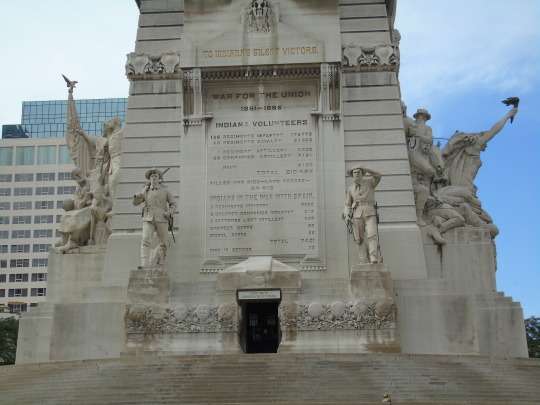
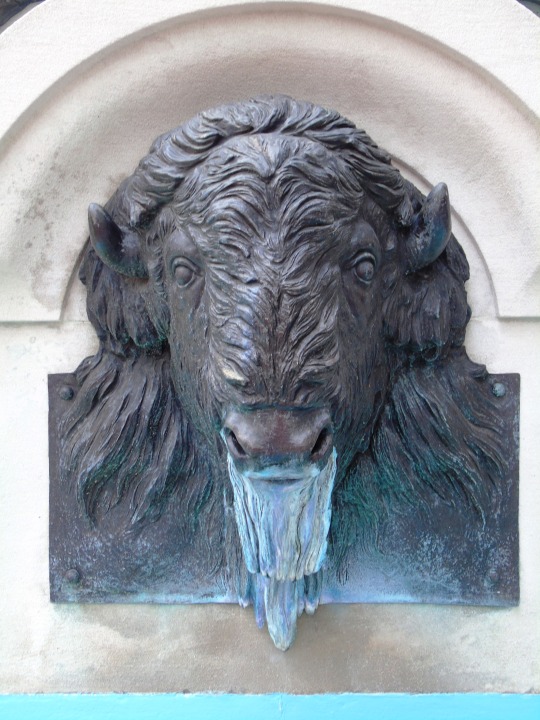
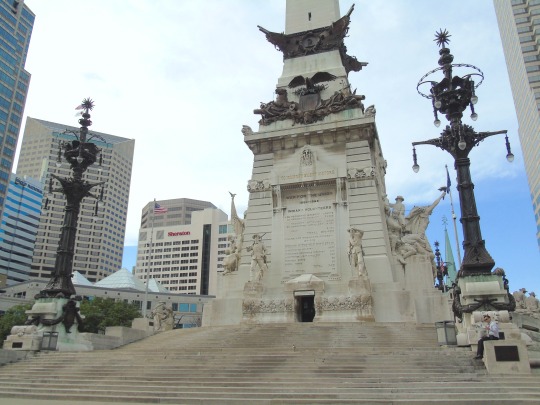
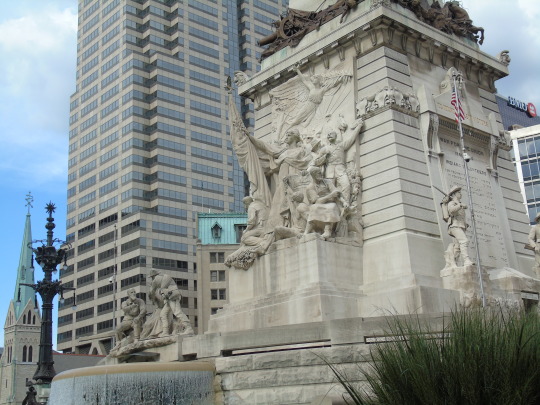
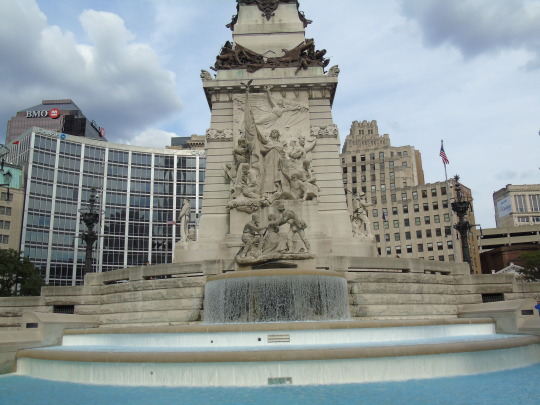
The Indiana State Soldiers and Sailors Monument was dedicated on May 15, 1902.
#Soldiers' and Sailors' Monument by Bruno Schmitz#Indiana#Indianapolis#Indy#Indiana State Soldiers and Sailors Monument#dedicated#15 May 1902#USA#Great Lakes Region#Midwestern USA#summer 2016#original photography#travel#vacation#cityscape#architecture#fountain#public art#detail#landmark#tourist attraction#War by Rudolph Schwarz#Peace#Return Home
3 notes
·
View notes
Photo
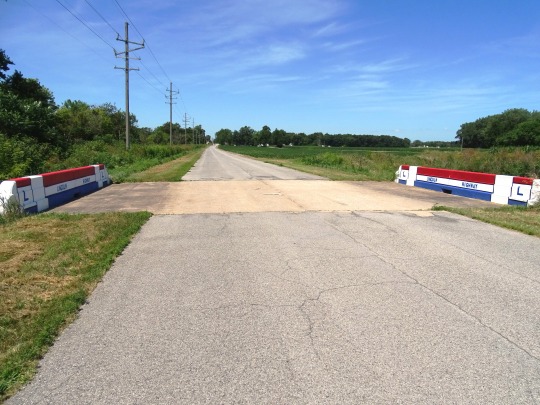
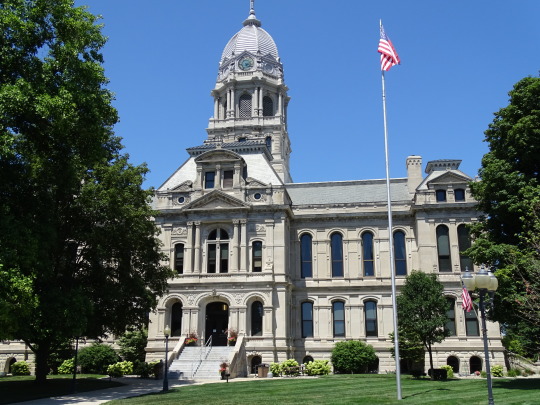
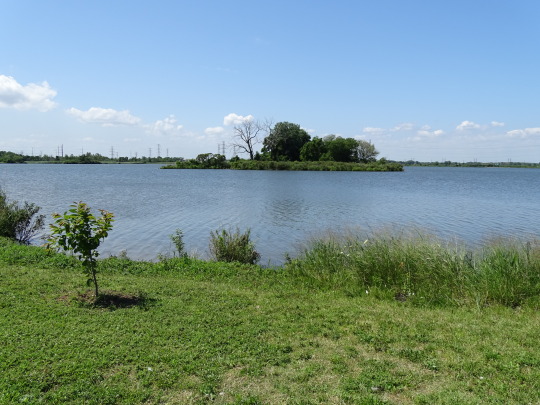
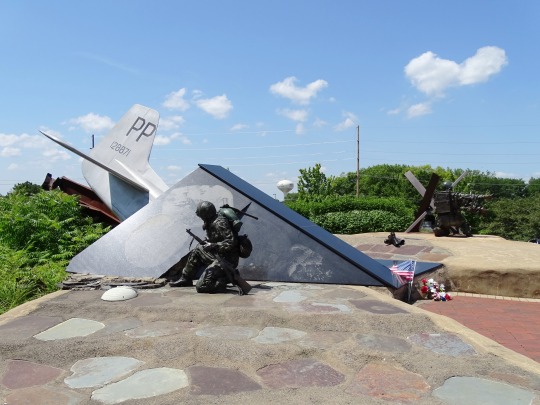
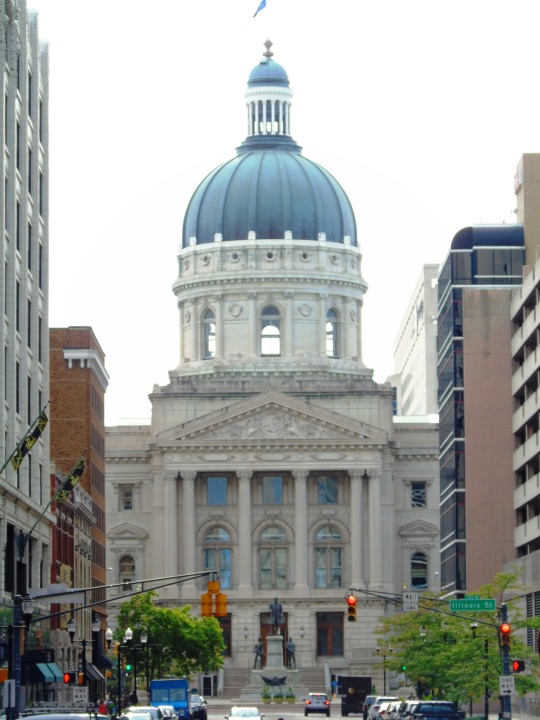

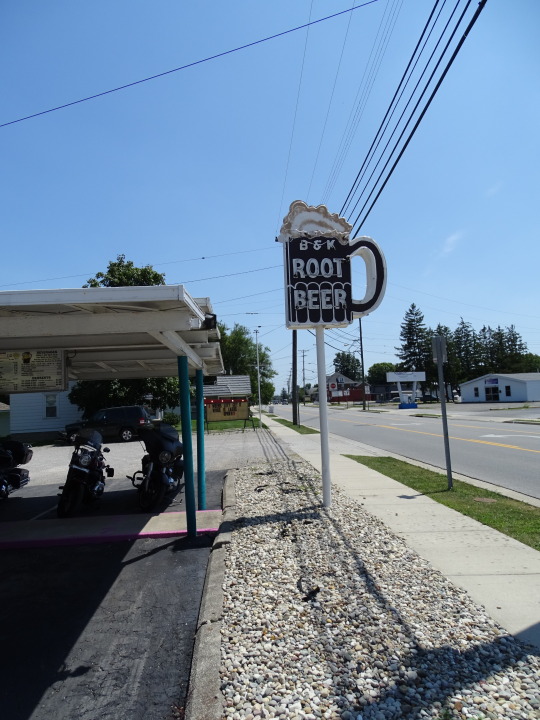
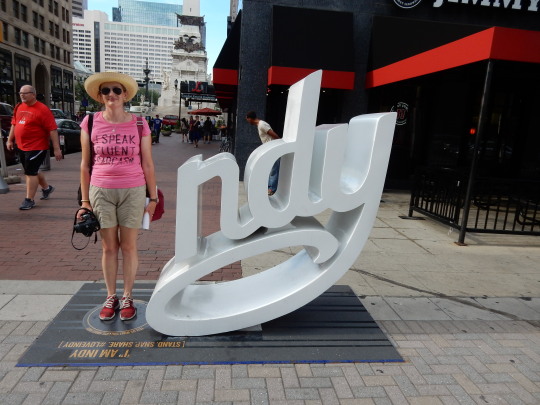
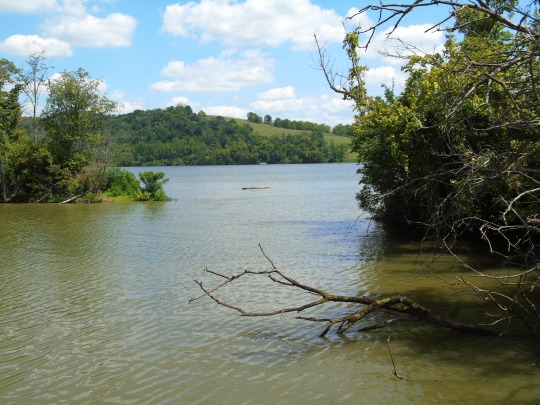
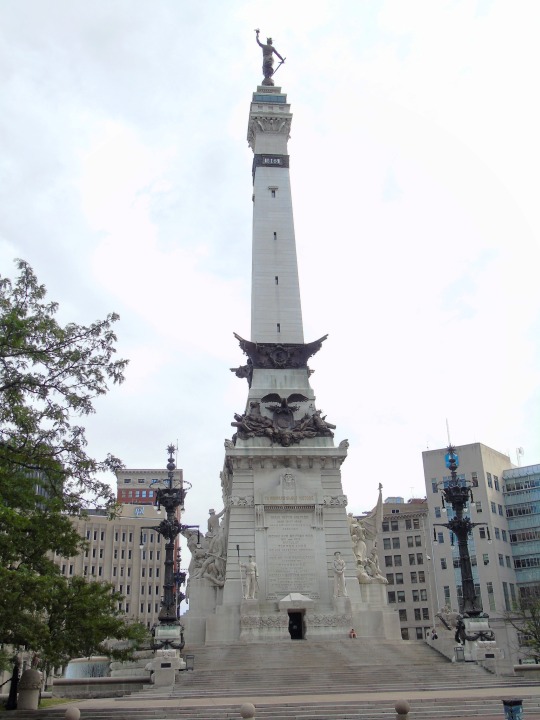
Indiana became the 19th U.S. state on December 11, 1816.
#Wolf Lake#Indiana#19th US state#11 December 1816#anniversary#travel#US history#USA#summer 2019#2016#vacation#landscape#cityscape#Munster#Community Veterans Memorial#Chinworth Bridge#Warsaw#Van Wert#Soldiers' and Sailors' Monument by Bruno Schmitz#Indianapolis#Indy#Indiana State House#Ohio River#original photography#Lincoln Highway
3 notes
·
View notes
Photo
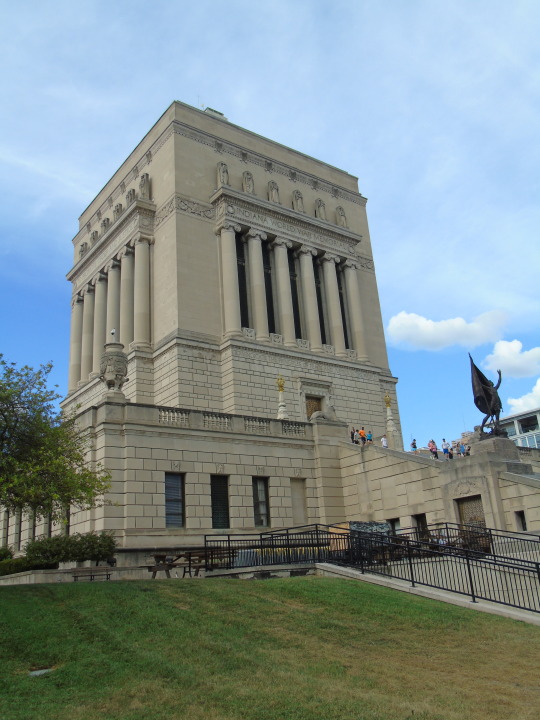
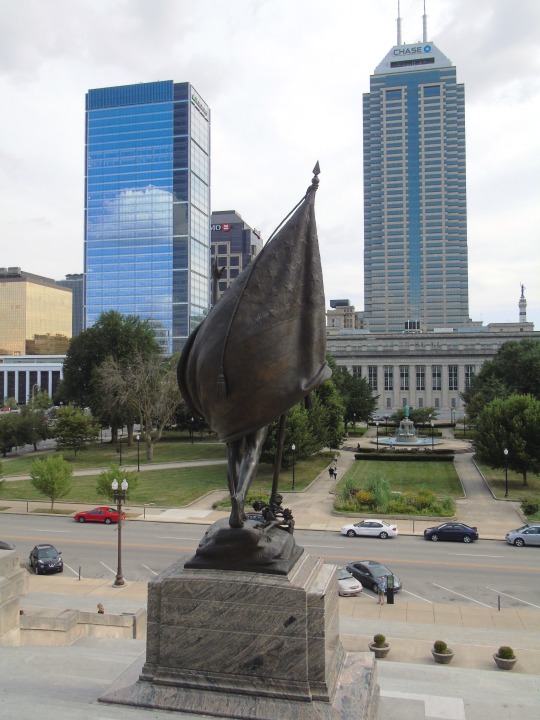

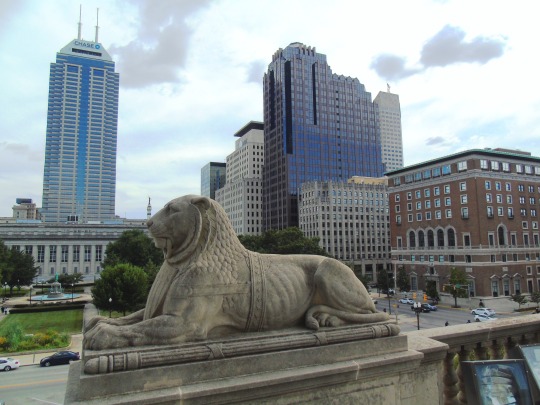

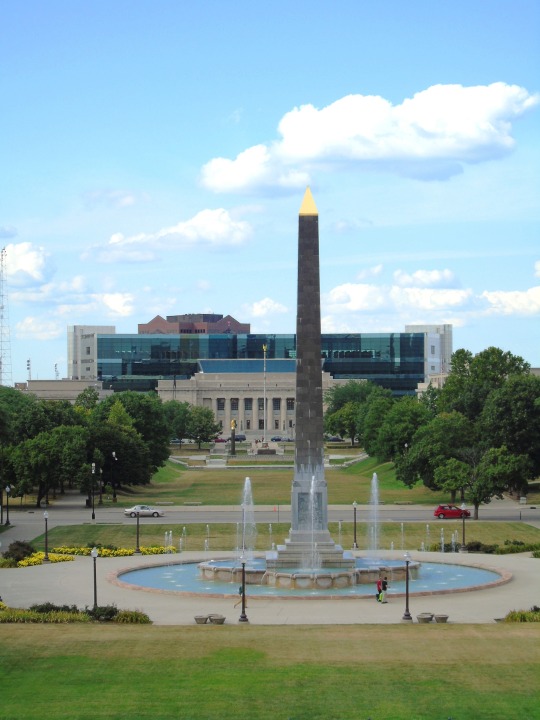
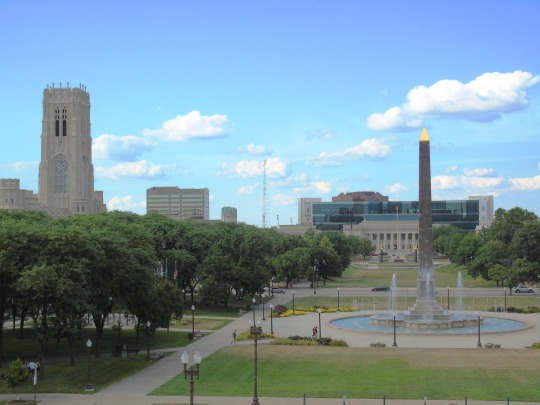
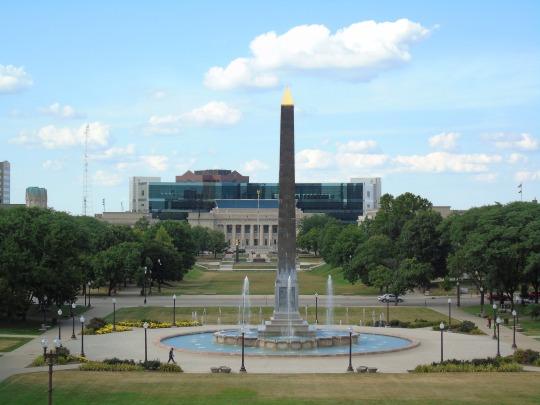
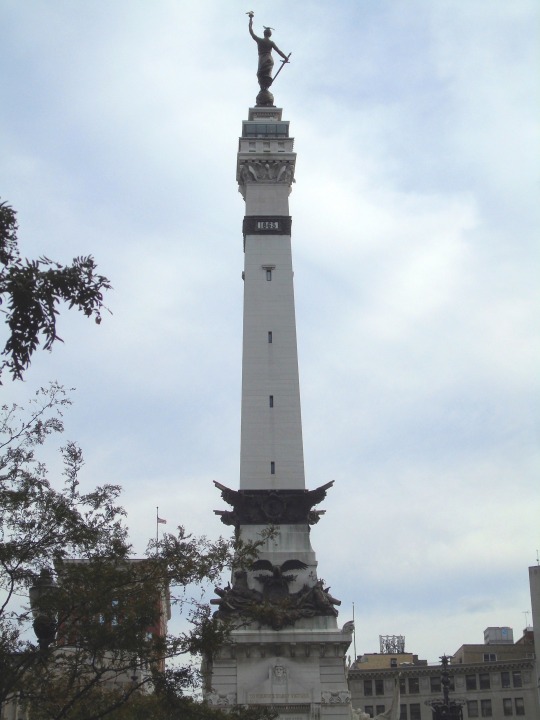
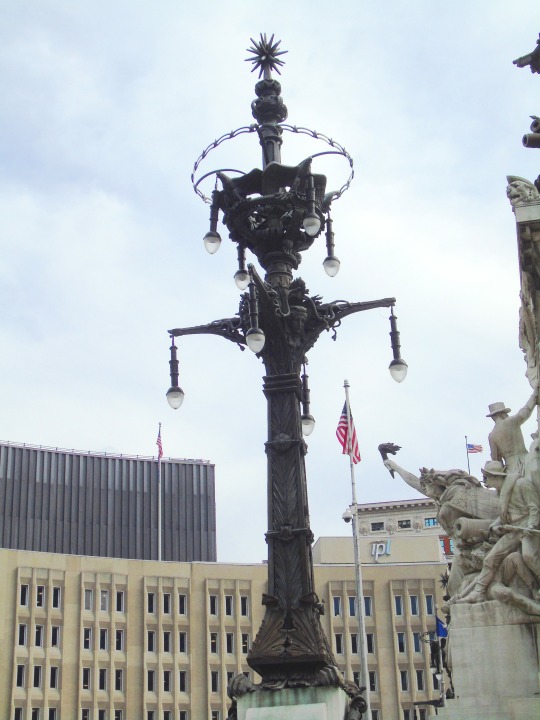
Clouds (No. 440)
Indiana World War Memorial, Indianapolis (five pics)
Veterans Memorial Plaza, Indianapolis (three pics)
Soldiers' and Sailors' Monument, Indianapolis (two pics)
#Indiana World War Memorial#Indiana World War Memorial Plaza#Indianapolis#Indy#Indiana#summer 2017#blue sky#clouds#cityscape#architecture#public art#downtown#Midwestern USA#Great Lakes Region#Veterans Memorial Plaza#American Legion Mall#Cenotaph Square#Soldiers' and Sailors' Monument by Bruno Schmitz#tourist attraction#landmark#street lamp#street light
1 note
·
View note
Photo
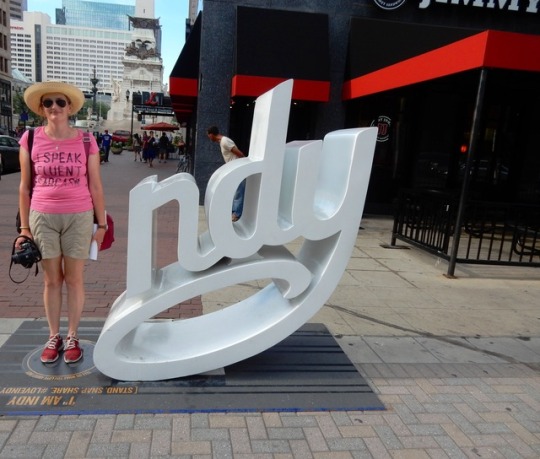
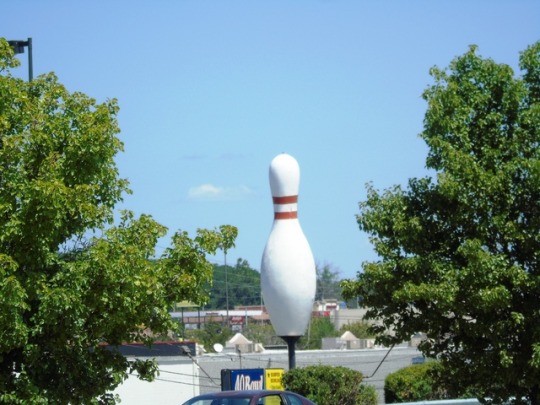
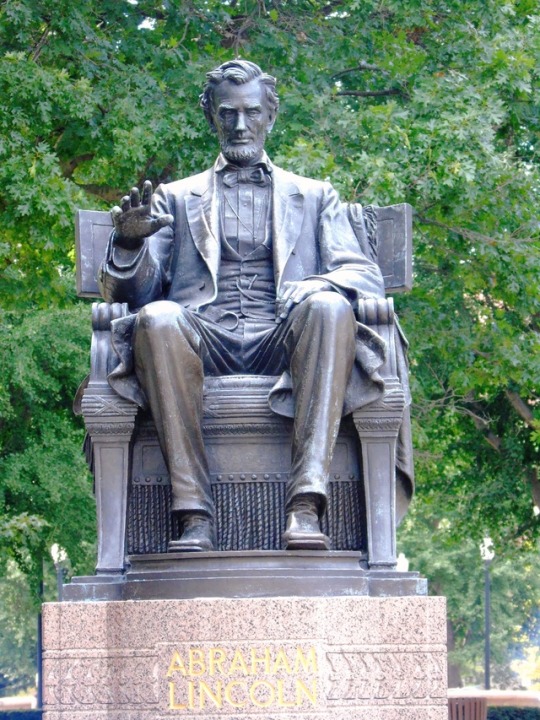
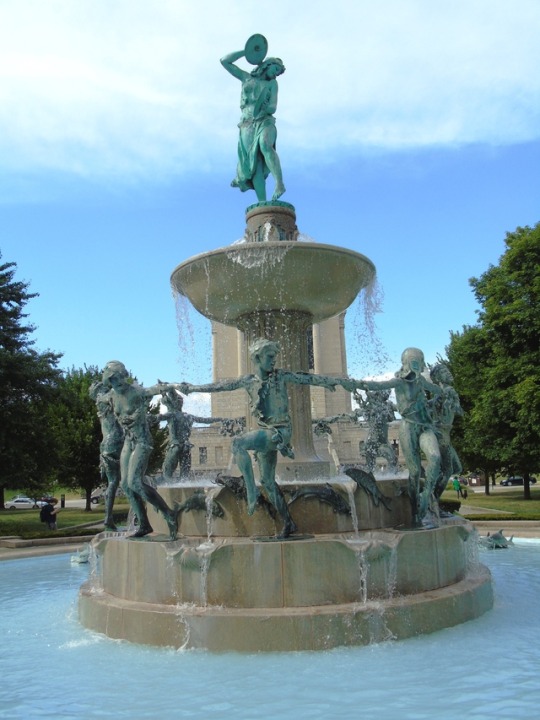
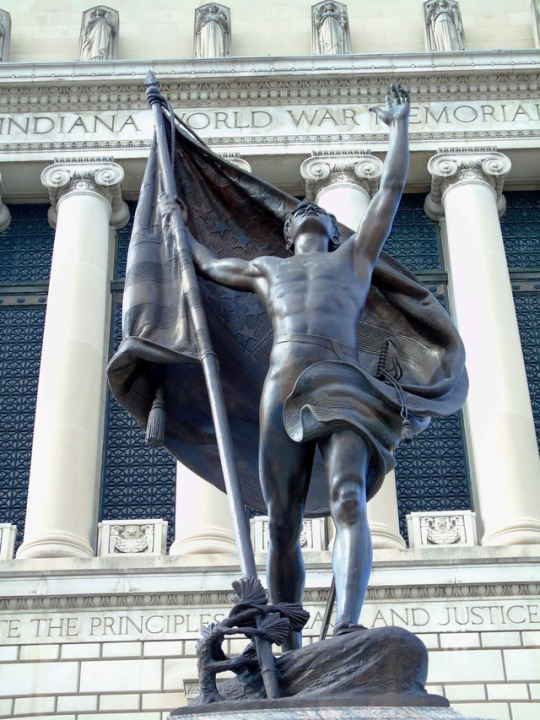
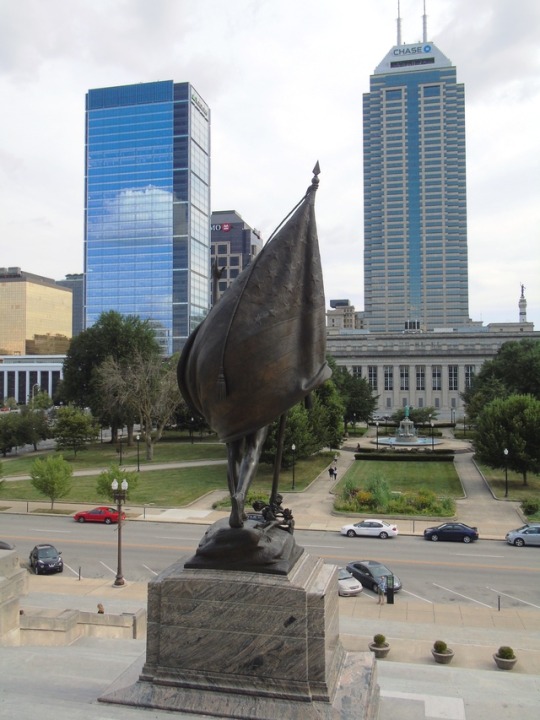


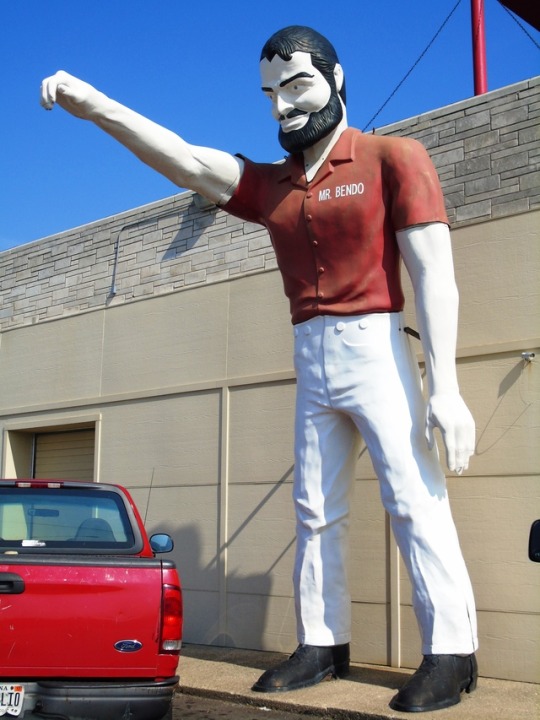
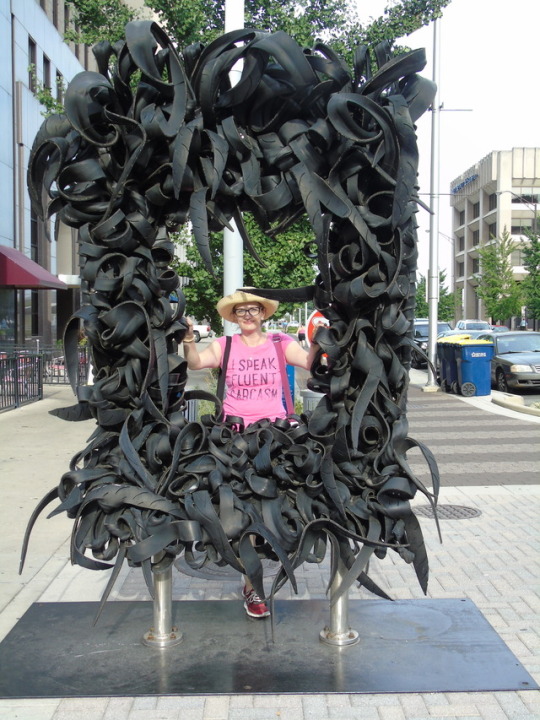
Public Art in Indianapolis
Indianapolis, is the capital and largest city of the U.S. state of Indiana. It is in the East North Central region of the Midwestern United States. With an estimated population of 855,164 in 2016, Indianapolis is the second most populous city in the Midwest and 15th most populous in the U.S.
Indianapolis was founded in 1821 as a planned city for the new seat of Indiana's state government. The city was platted by Alexander Ralston and Elias Pym Fordham on a 1 square mile (2.6 km2) grid adjacent to the White River. Completion of the National Road and advent of the railroad later solidified the city's position as a manufacturing and transportation hub. Indianapolis is within a single-day drive of 70 percent of the nation's population, lending to one of its nicknames as the "Crossroads of America".
he city is notable as headquarters for the American Legion and home to a significant collection of monuments dedicated to veterans and war dead, the most in the U.S. outside of Washington, D.C.
Source: Wikipedia
#Large Bowling Pin#Abraham Lincoln by Henry Hering#Depew Memorial Fountain#University Park#cityscape#public art#water#statue#Pro Patria by Henry Hering#War Memorial#Architecture#streetscene#Soldiers' and Sailors' Monument by Bruno Schmitz#Like by Chakaia Booker#roadside attraction#Muffler Man - Mr. Bendo#indianapolis#Indy#indiana#usa#summer 2016#photography#photoset#travel
10 notes
·
View notes
Photo
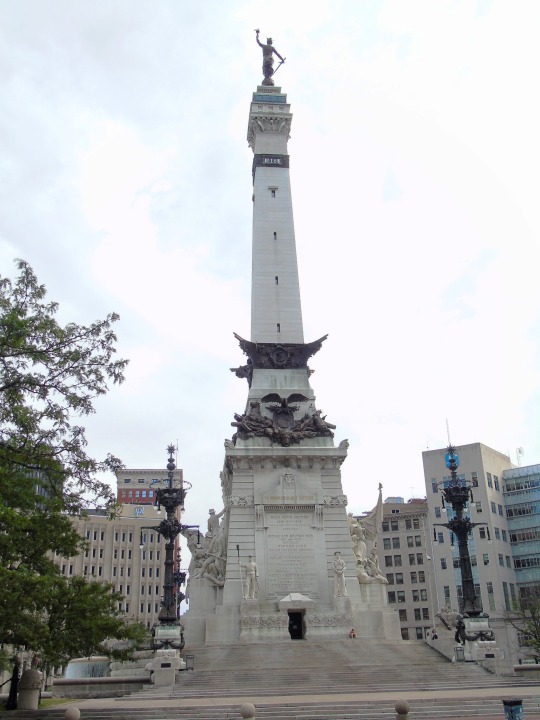
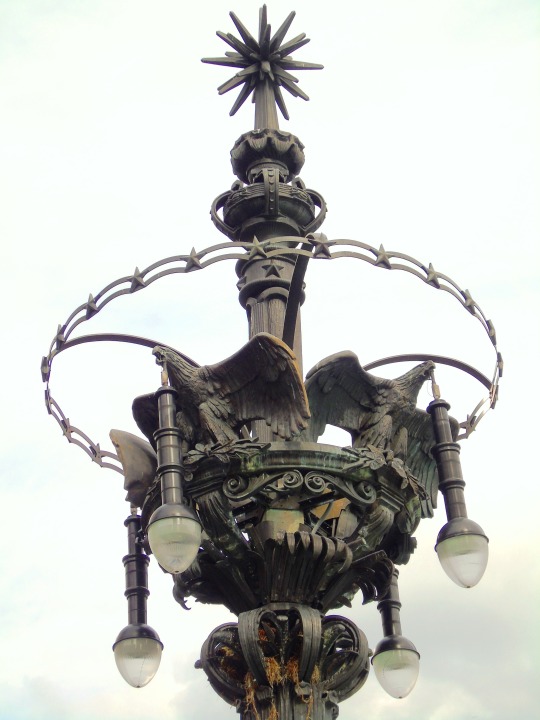
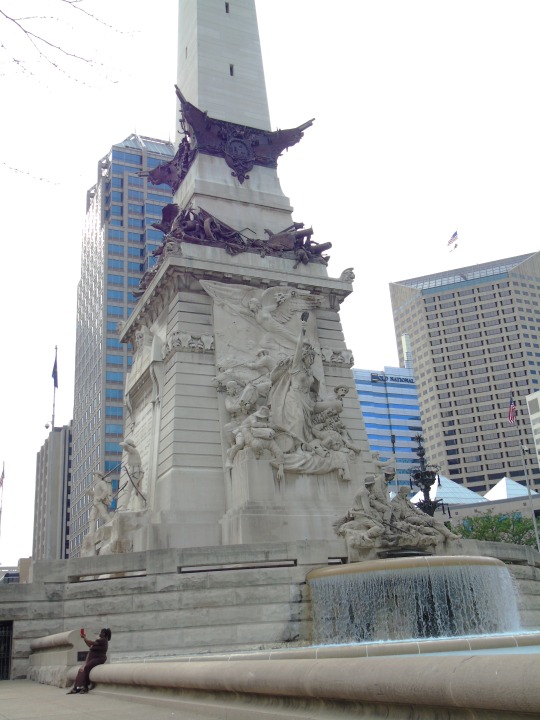
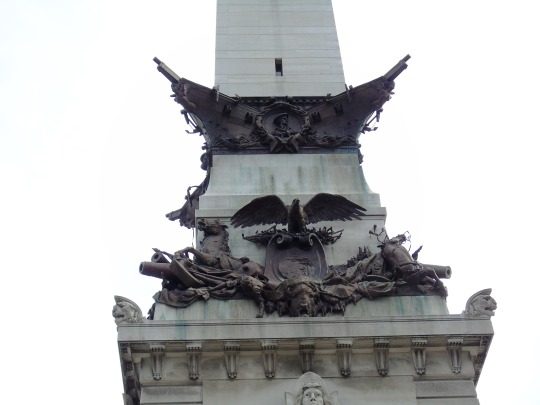
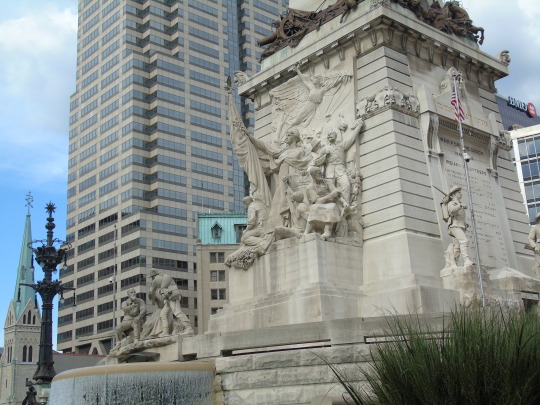

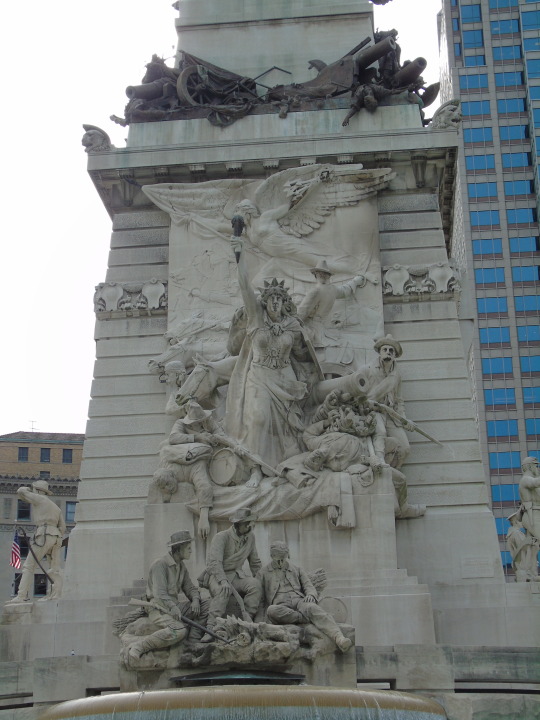



The Indiana State Soldiers and Sailors Monument was dedicated on May 15, 1902.
#Soldiers' and Sailors' Monument by Bruno Schmitz#dedicated#15 May 1902#120th anniversary#US history#Indy#Indianapolis#Indiana#vacation#USA#travel#summer 2016#downtown#tourist attraction#landmark#architecture#cityscape#public art#Rudolph Schwarz#street light#fountain
3 notes
·
View notes
Photo
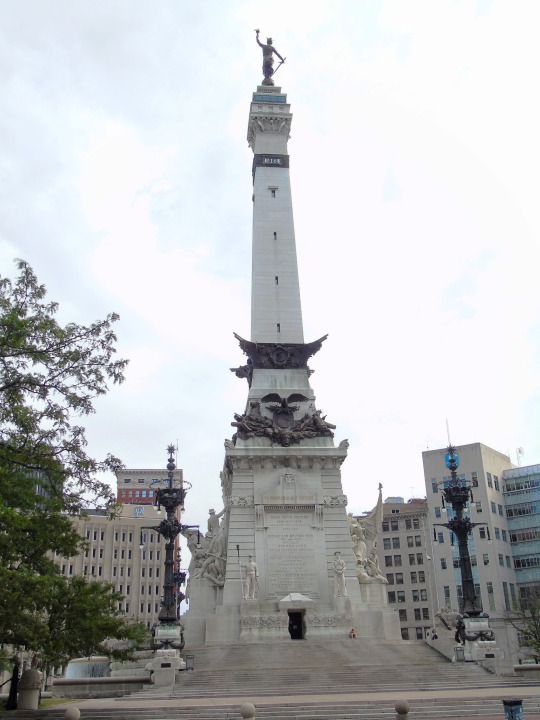
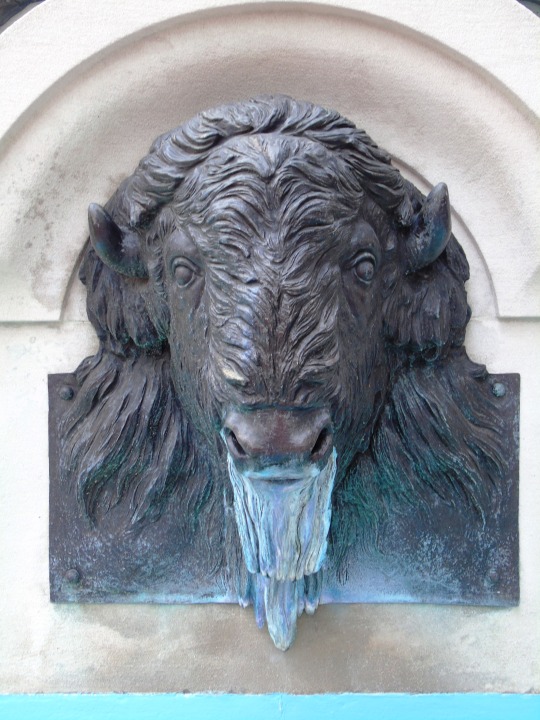

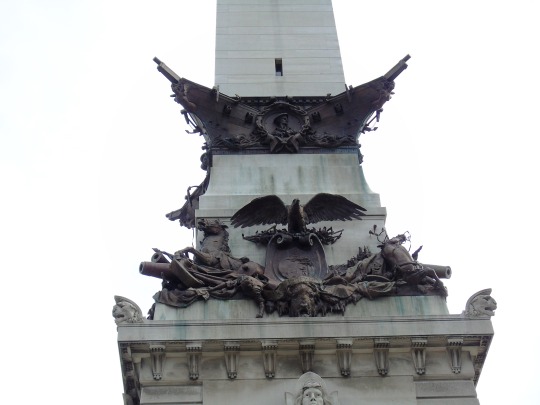
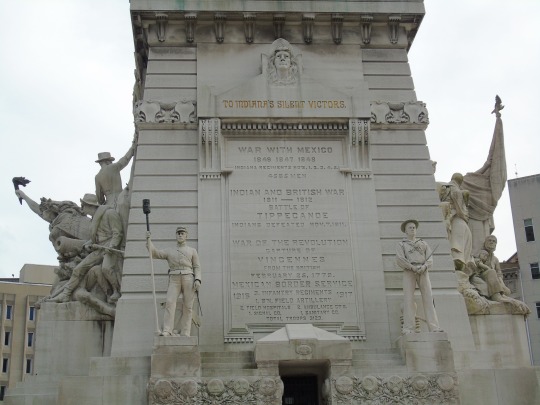
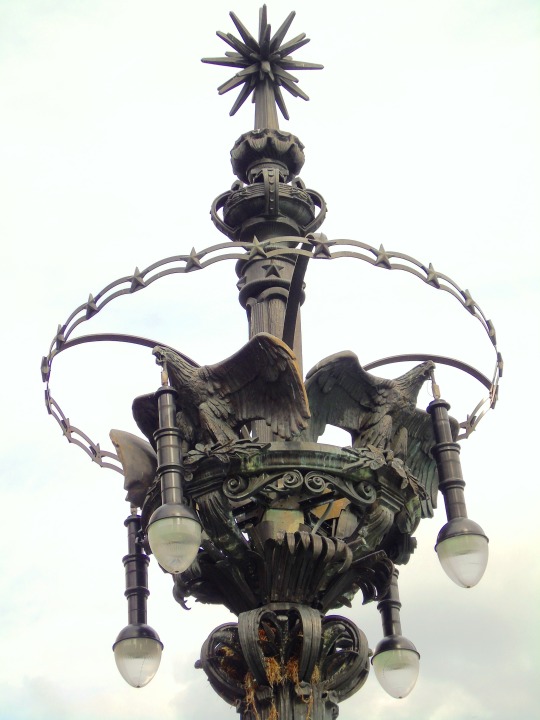
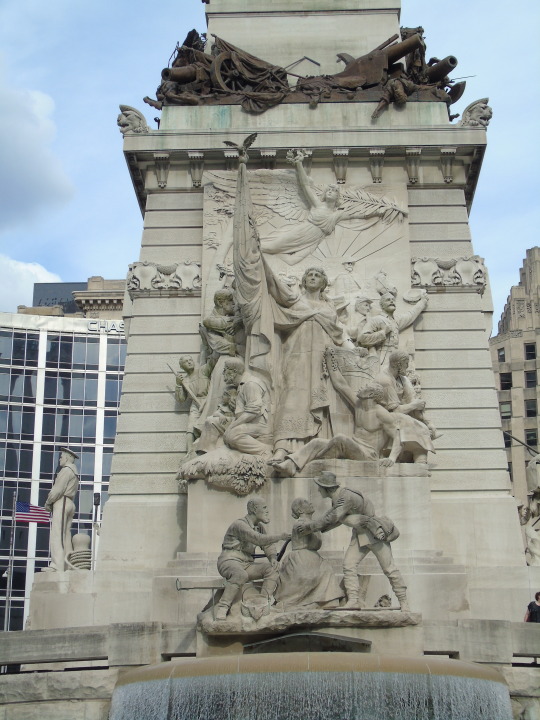

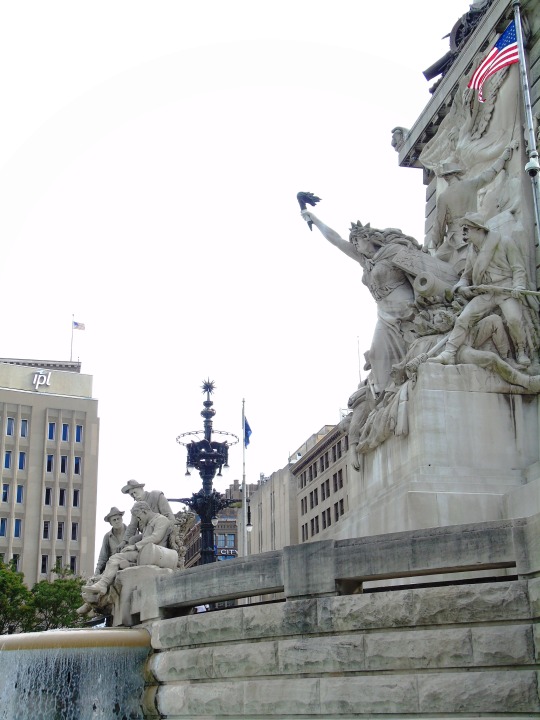
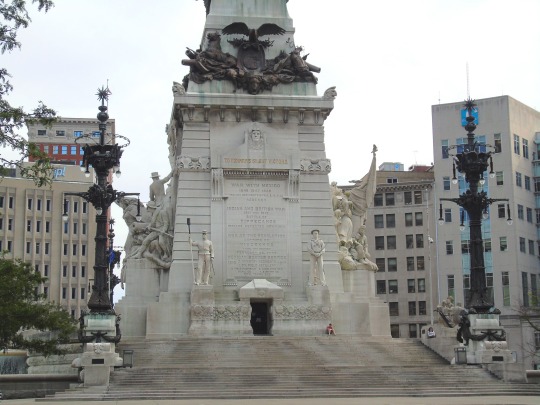
The Indiana State Soldiers and Sailors Monument was dedicated on May 15, 1902.
#Indiana State Soldiers and Sailors Monument#Bruno Schmitz#dedicated#USA#15 May 1902#anniversary#US history#Indy#Indiana#Indianapolis#travel#summer 2016#original photography#public art#fountain#cityscape#peace#war#return home#dying soldier#street lamp#downtown#Midwestern USA#Great Lakes Region
1 note
·
View note
Photo
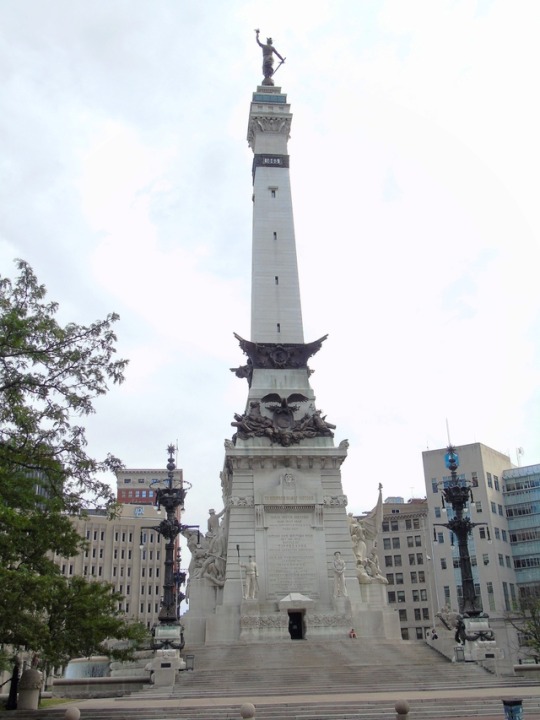

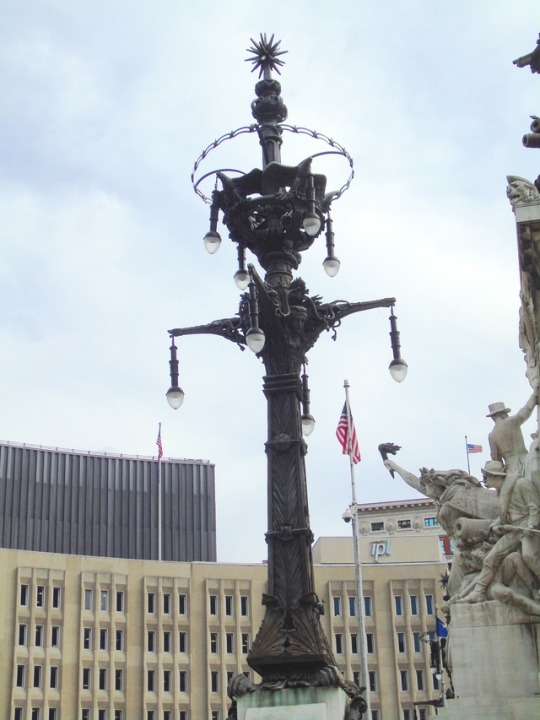

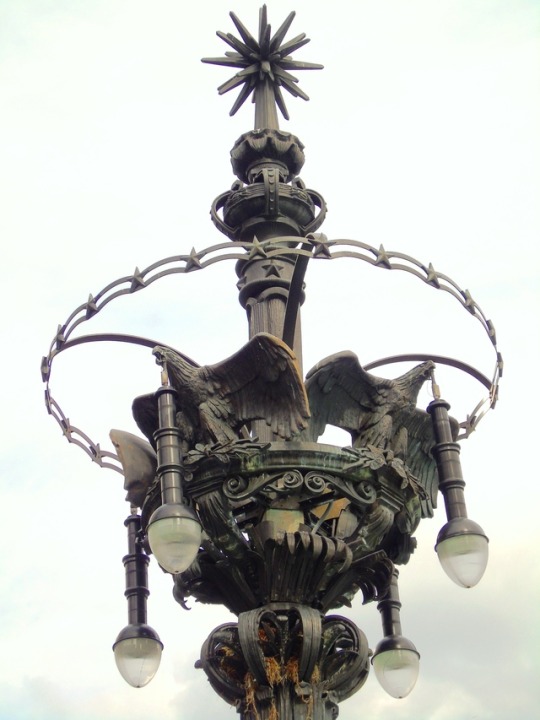
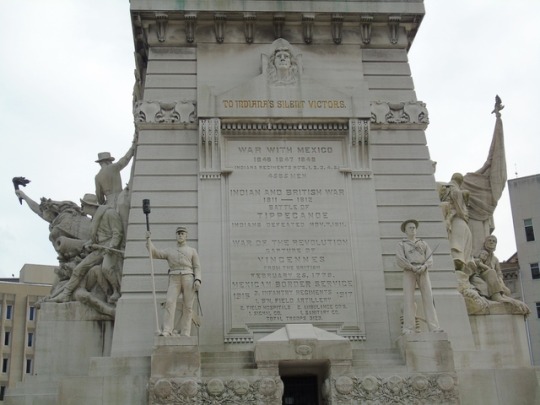
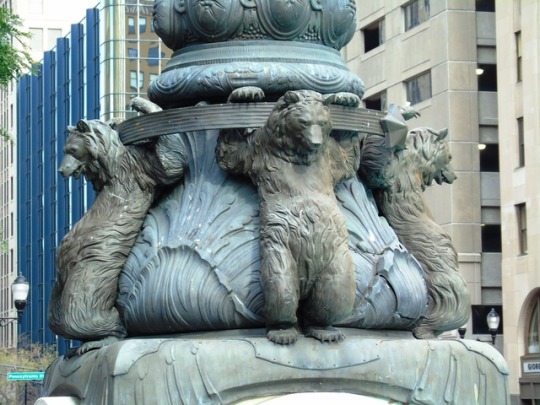


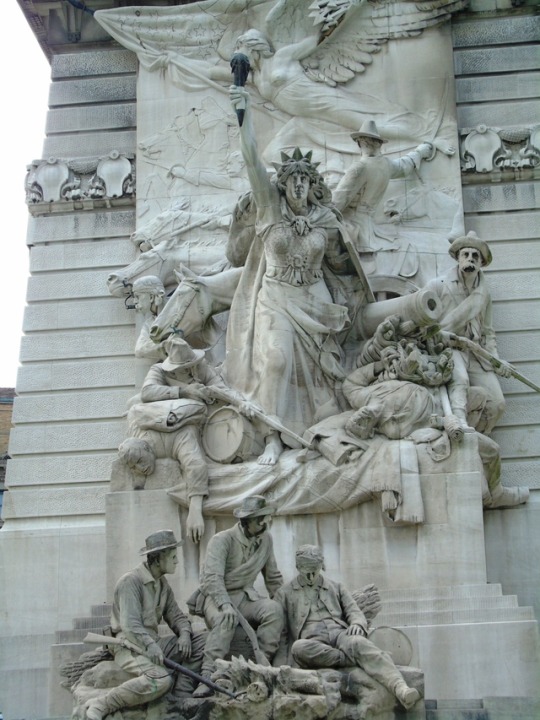
Soldiers' and Sailors' Monument, Indianapolis (No. 1)
The Indiana State Soldiers and Sailors Monument is a 284 ft 6 in (86.72 m) neoclassical monument built on Monument Circle, a circular, brick-paved street that intersects Meridian and Market streets in the center of downtown Indianapolis. In the years since its public dedication on May 15, 1902, the monument has become an iconic symbol of Indianapolis, the state capital of Indiana. It was added to the National Register of Historic Places on February 13, 1973 and was included in an expansion of the Indiana World War Memorial Plaza National Historic Landmark District in December 2016.[2] It is located in the Washington Street-Monument Circle Historic District. It is also the largest outdoor memorial and the largest of its kind in Indiana.
It was designed by German architect Bruno Schmitz and built over a thirteen-year period, between 1888 and 1901. The monument's original purpose was to honor Hoosiers who were veterans of the American Civil War; however, it is also a tribute to Indiana's soldiers who served during the American Revolutionary War, territorial conflicts that partially led to the War of 1812, the Mexican–American War, and the Spanish–American War. The monument is the first in the United States to be dedicated to the common soldier.
The obelisk-shaped monument is built of oolitic limestone from Owen County, Indiana. It rests on a raised foundation surrounded by pools and fountains. Broad stone steps on its north and south sides lead to two terraces at its base. Stone tablets above the bronze entrance doors on the obelisk's north and south sides bear inscriptions commemorating Indiana's soldiers. An inscription above the tablets reads: "To Indiana's Silent Victors." An observation deck is accessible by stairs or elevator from the interior. In addition to its commemorative statuary and fountains, made primarily of oolitic limestone and bronze, the basement of the monument contains the Colonel Eli Lilly Civil War Museum, a museum of Indiana history during the American Civil War. At the time of the monument's dedication in 1902, its cost was $598,318. It has been estimated that construction of a similar structure in 2014 would exceed $500 million.
The memorial includes several notable outdoor sculptures, including Rudolph Schwarz's two massive limestone groupings of War and Peace, two smaller scenes named The Dying Soldier and The Return Home, and four military figures at its base. Three astragals, one by Nikolaus (Nicolaus) Geiger and two others by George T. Brewster, surround the stone obelisk. Additional sculptures include John H. Mahoney's bronze statues of George Rogers Clark, William Henry Harrison, and James Whitcomb, and Franklin Simmons's bronze statue of Oliver P. Morton. Brewster's 30-foot (9.1 m) bronze statue of Victory crowns the obelisk. The Indianapolis monument is approximately 15 feet (4.6 m) shorter than New York City's 305-foot (93 m) Statue of Liberty.
Source: Wikipedia
#Soldiers' and Sailors' Monument#Bruno Schmitz#Monument Circle#neoclassical-style obelisk#Army astragal#neoclassical style#detail#fountain#sculpture#public art#water#Indiana State Soldiers and Sailors Monument#The Dying Soldier by Rudolf Schwarz#cityscape#landmark#tourist attraction#huge#streetscene#indy#indianapolis#indiana#usa#summer 2016#photo#photography#photoset#architecture
0 notes
Photo



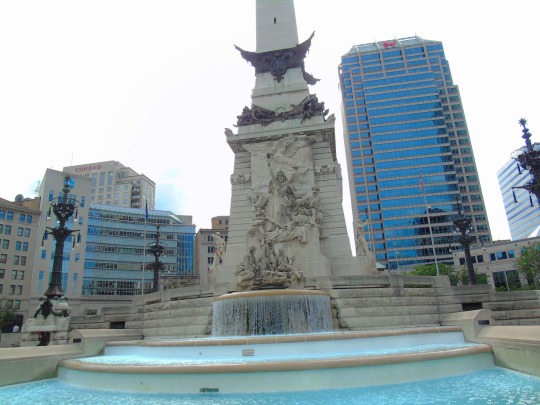
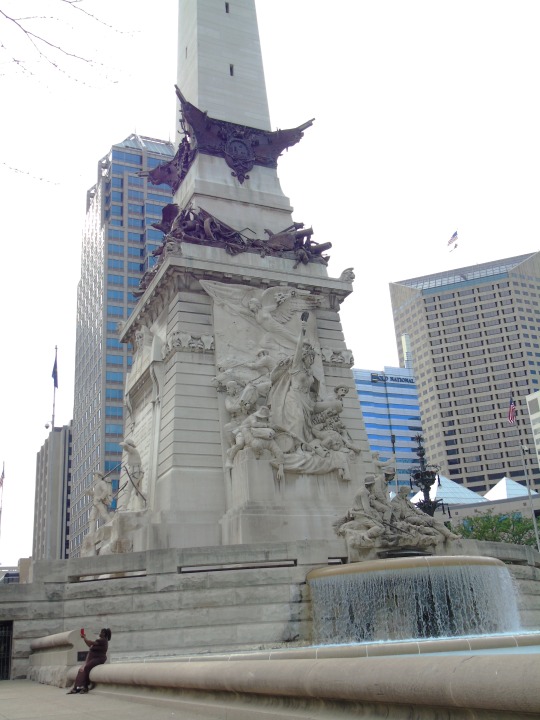

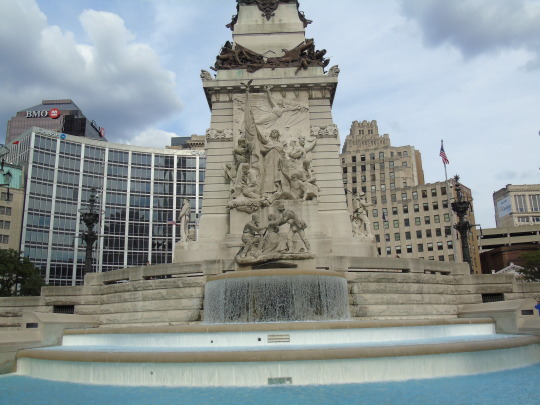
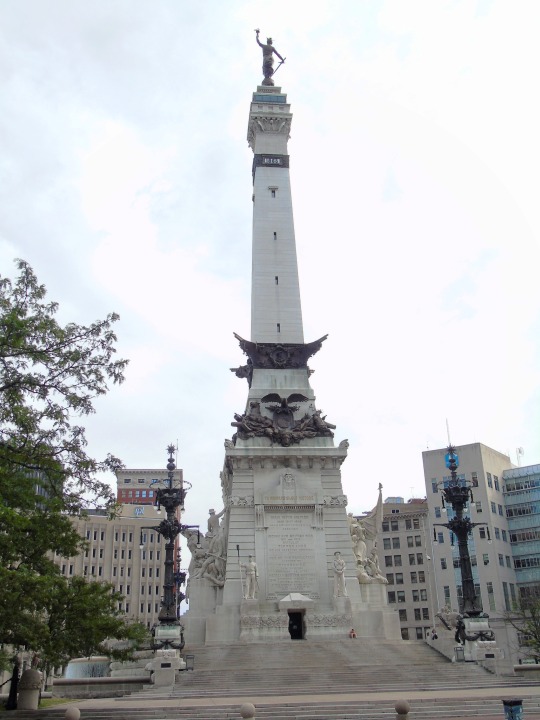
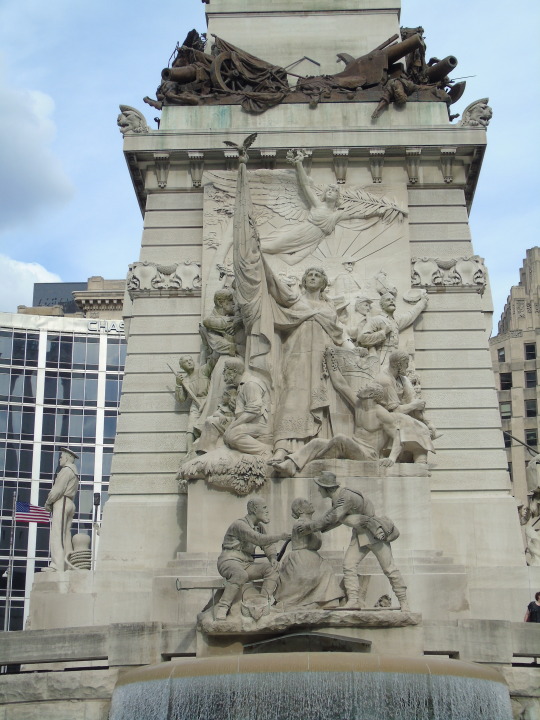

Fountains (No. 24)
Soldiers' and Sailors' Monument, Indianapolis
#Monument Circle#Soldiers' and Sailors' Monument#Bruno Schmitz#fountain#detail#statue#The Dying Soldier#war#peace#art#public art#The Return Home#Obelisk#close up#water#Indianapolis#indiana#usa#summer 2016#travel#photography#photoset
0 notes